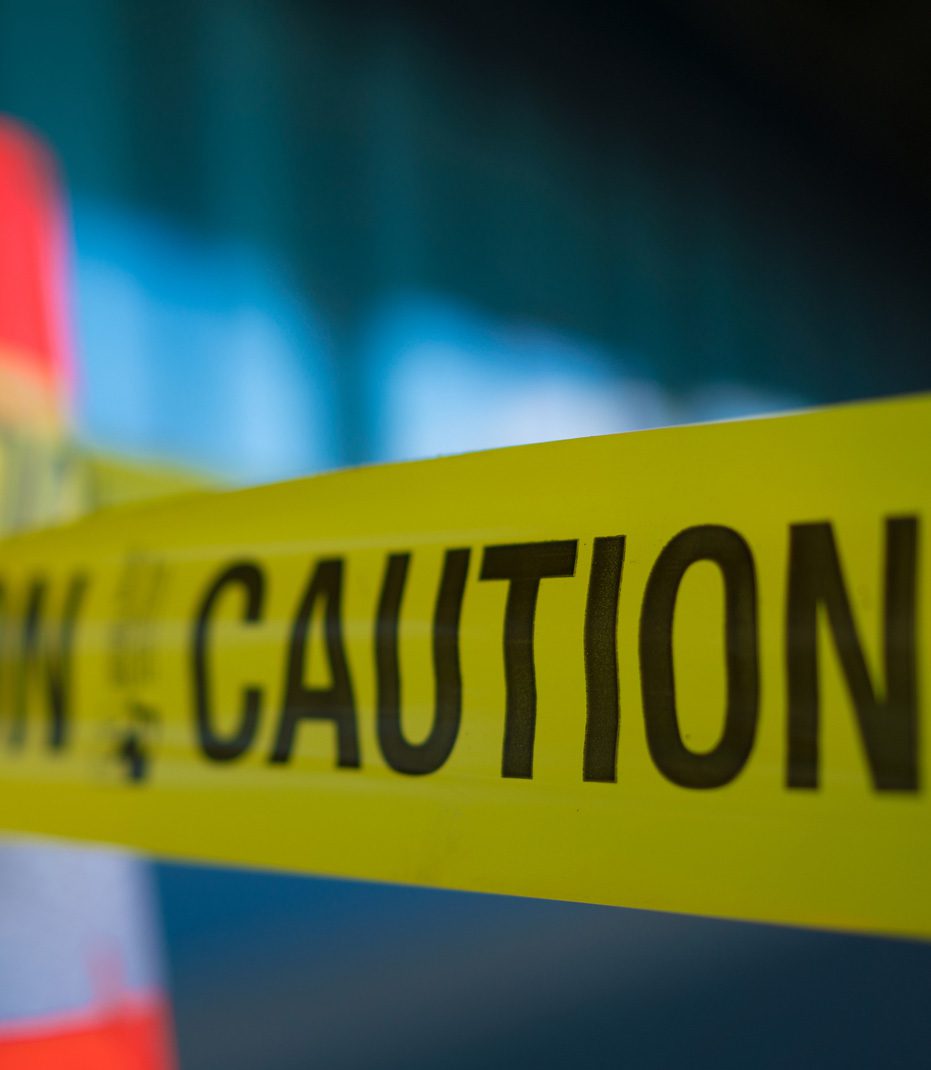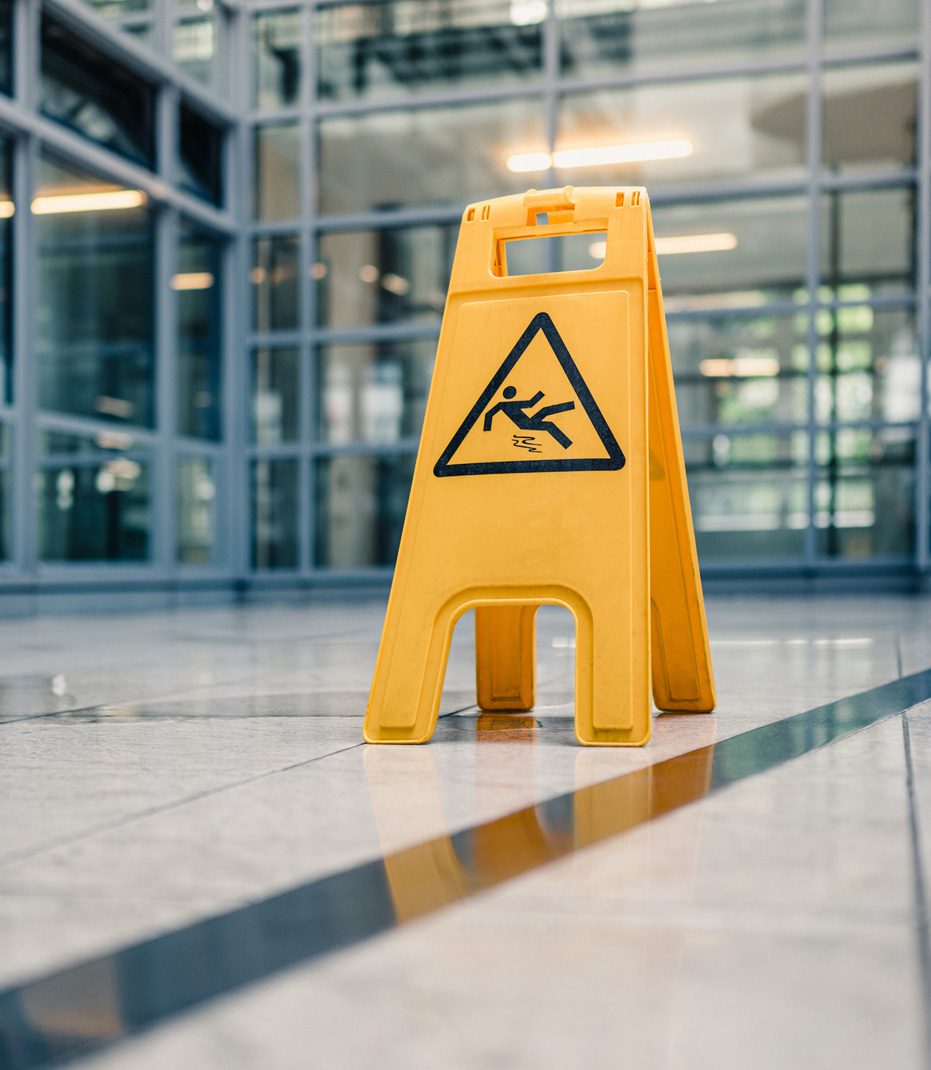
In the realm of premises liability law, one significant defense that property owners often invoke is the “open and obvious hazard” defense. This defense posits that if a hazard is so open and apparent that a reasonably attentive individual would recognize and avoid it, then the property owner should not be held liable for injuries resulting from that hazard. The underlying theory is that the obvious nature of the danger serves as its own warning, eliminating the property owner’s duty to warn.
The Basics of the Open and Obvious Defense
Essentially, if a dangerous condition on a property is so evident and clearly visible that a person exercising ordinary care would notice and avoid it, a property owner might not be liable if someone is injured by that condition. This defense is rooted in the principle of personal responsibility, suggesting that individuals have an obligation to be cautious and avoid obvious dangers.
However, it’s crucial to note that just because a danger is deemed “open and obvious” does not automatically absolve a property owner of all responsibility. Factors such as the foreseeability of the injury, the purpose and utility of the dangerous condition, and whether the owner could have reasonably reduced or eliminated the risk come into play.
California's Approach to the Defense
California, as a comparative negligence state, does not fully absolve defendants based on this defense. Instead, the obviousness of the hazard may be considered in determining the comparative fault of the plaintiff.
For instance, if a plaintiff knowingly encounters an open and obvious danger and gets injured, their compensation might be reduced by their percentage of fault. This approach is consistent with California’s commitment to “pure comparative negligence,” where a plaintiff’s recovery can be diminished based on their share of negligence but not completely barred.
Challenges and Considerations
There are challenges in deploying the open and obvious hazard defense. While a hazard might seem obvious in hindsight or under certain conditions, it might not always be so clear-cut. Factors such as lighting, distractions, or the particular circumstances of the injured party can make what appears “obvious” quite subjective.


Furthermore, even if a danger is open and obvious, property owners still owe a duty to make their premises safe. The defense mainly eliminates or reduces the duty to warn but doesn’t necessarily excuse a property owner from rectifying an unsafe condition. If it’s reasonable to expect that even with an obvious hazard, someone might still get hurt, the property owner might still bear some responsibility.
Open & Obvious Hazards in California
The open and obvious hazards defense serves as an important reminder of the shared responsibility between property owners and visitors. While owners must ensure that their properties are safe and free from dangerous conditions, visitors have a duty to exercise care and avoid evident hazards.
In California’s premises liability landscape, this defense doesn’t provide an absolute shield for property owners. With its comparative negligence framework, California ensures that while plaintiffs might be held accountable for not avoiding evident dangers, property owners too are kept on their toes, making sure they’re not overly reliant on the obviousness of a hazard as their primary line of defense.
